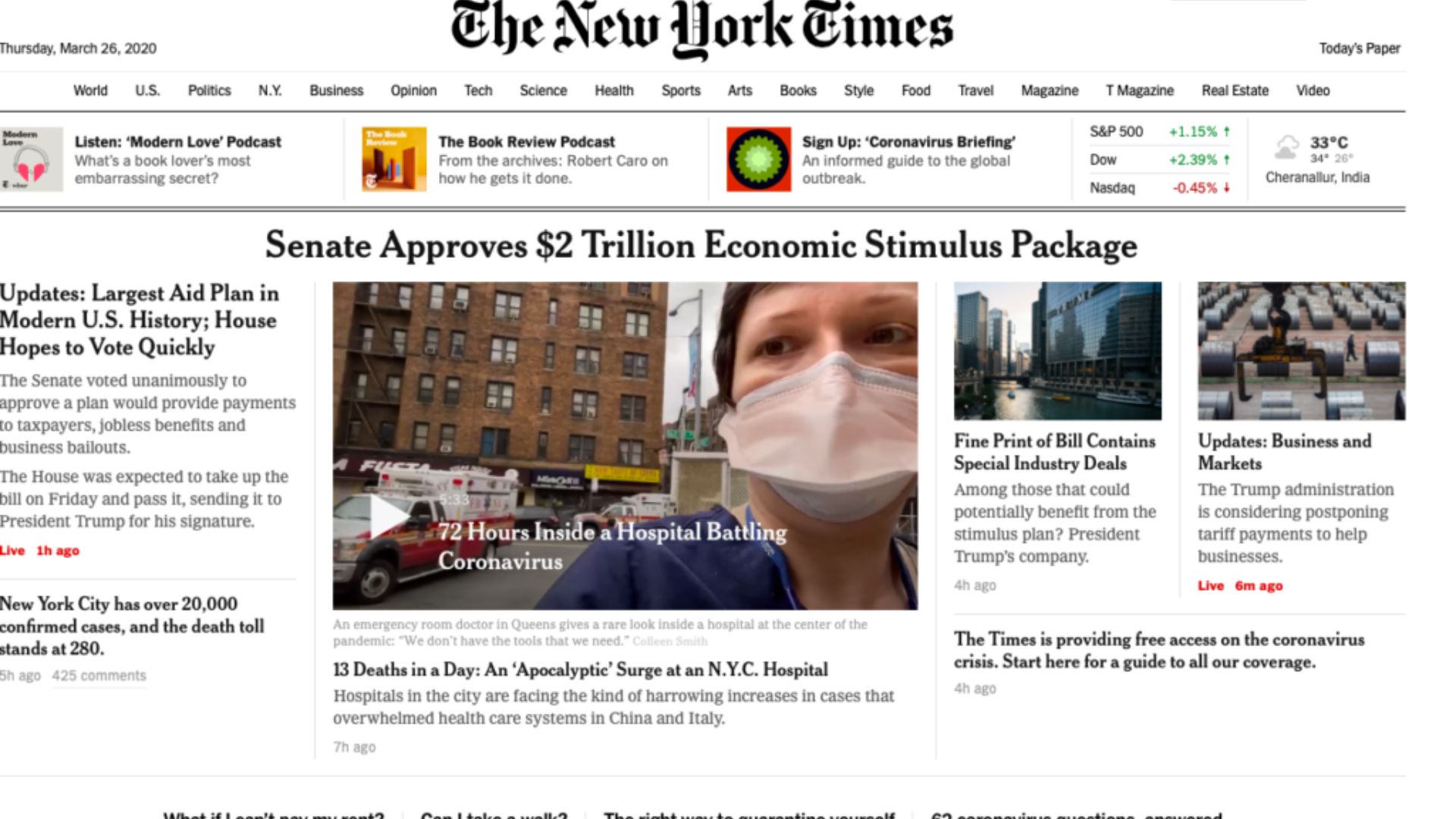The loading speed of your website is crucial for providing a positive user experience and can significantly impact user engagement, conversions, and search engine rankings. Here are some tips to improve your website’s loading speed:
- Optimize images: Large image files can slow down your website. Compress and optimize your images without compromising quality. You can use online tools or WordPress plugins to automatically optimize images as you upload them.
- Minify CSS, JavaScript, and HTML: Minifying these files removes unnecessary spaces, comments, and indentation, reducing their file size. You can use automated tools or plugins to minify these files without affecting their functionality.
- Enable browser caching: By enabling browser caching, you instruct the user’s browser to temporarily store static files, such as CSS, JavaScript, and images. This eliminates the need to fetch these files on subsequent visits, speeding up page loading times.
- Use a content delivery network (CDN): A CDN stores your website’s static files on servers worldwide and delivers them from the server closest to the user. This reduces the physical distance and latency, resulting in faster loading times, especially for visitors located far from your hosting server.
- Minimize HTTP requests: Each element on your webpage, such as images, scripts, and stylesheets, requires a separate HTTP request. Reducing the number of files and combining CSS and JavaScript files can significantly improve loading speed.
- Prioritize above-the-fold content: Above-the-fold content refers to the portion of the webpage visible without scrolling. Prioritize the loading of critical content, such as headlines and central images, to ensure users see meaningful content quickly while the rest of the page loads.
- Optimize server response time: Check your hosting server’s performance and response time. Choose a reliable and fast hosting provider or consider upgrading your hosting plan if needed.
- Limit the use of external scripts: External scripts, such as tracking codes, social media widgets, or advertising scripts, can significantly impact loading speed. Carefully evaluate the necessity of each script and only include those that are essential. Alternatively, consider loading scripts asynchronously, so they don’t block other elements from rendering.
- Monitor and regularly optimize: Regularly monitor your website’s loading speed using tools like Google PageSpeed Insights or GTmetrix. Continuously optimize and test your website to identify areas that can be further improved.
By implementing these tips, you can significantly improve your website’s loading speed, providing a better user experience and increasing the chances of user engagement and conversions. Remember, a faster website not only benefits your users but also contributes to better search engine rankings and overall online success.










